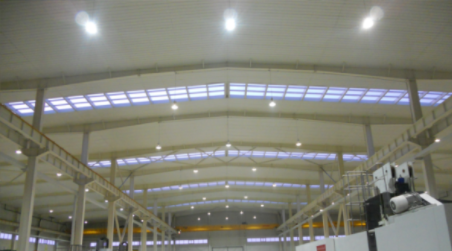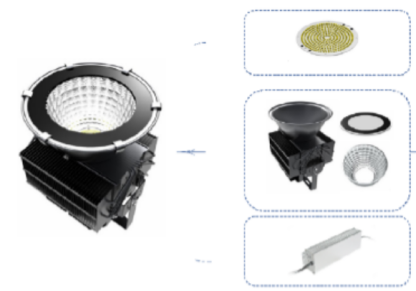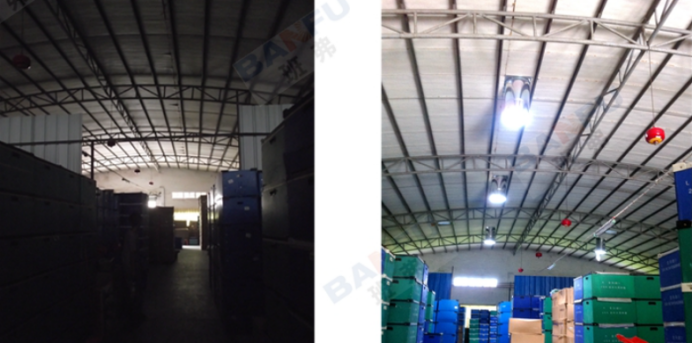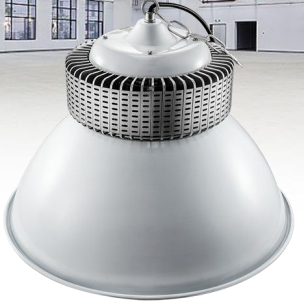LED High Bay Lights: The Future of Industrial Lighting
In modern industrial and commercial spaces, LED high bay lights have become the gold standard for overhead illumination. Designed for environments with high ceilings (15-50 feet), these fixtures are revolutionizing factories, warehouses, gymnasiums, and hangars.

How They Work
Unlike traditional metal halide or fluorescent lights, LED high bay lights use semiconductor technology to convert electricity into light. Their modular design features multiple LED chips arranged on a heat-conductive plate, paired with precision-engineered reflectors to distribute light evenly across large floor areas.

Key Advantages
1. Energy Efficiency
LEDs consume 50-70% less energy than HID lamps while delivering equivalent brightness. A 150W LED high bay can replace a 400W metal halide fixture, significantly reducing electricity bills.
2. Longevity
With lifespans of 50,000-100,000 hours (vs. 10,000-15,000 for traditional lights), LEDs slash maintenance costs. Many models operate over a decade at 12 hours/day usage.
3. Durability
Constructed with die-cast aluminum housings and tempered glass, LED high bays withstand vibrations, humidity, and temperature extremes (-40°C to 50°C).
4. Instant Performance
They achieve full brightness immediately with no warm-up time and maintain consistent lumen output throughout their lifespan.
Smart Features
Modern variants integrate IoT capabilities:
- Motion sensors for occupancy-based lighting
- Daylight harvesting via photocells
- Dimming through 0-10V/DALI controls
- Remote monitoring via WiFi/LoRa

Sustainability Impact
LEDs contain no mercury or hazardous gases. Combined with solar compatibility, they help facilities reduce carbon footprints while meeting ESG goals.
Choosing the Right Fixture
Consider these factors:
- Lumen Requirements: 10,000-20,000 lumens for typical 25ft ceilings
- Beam Angle: 60°-120° depending on aisle spacing
- IP Rating: IP65 for damp environments, IP66 for washdown areas
- Certifications: Look for DLC, UL, or ENEC marks
The Payoff
While initial costs are higher than conventional lights, LED high bays typically deliver ROI within 1-3 years through energy savings and reduced downtime.

As industries prioritize energy conservation and smart infrastructure, LED high bay lights will remain pivotal in shaping efficient, future-ready workspaces.



